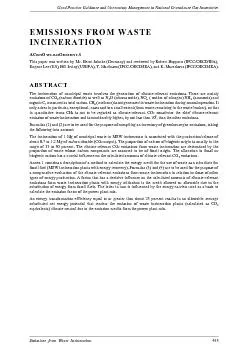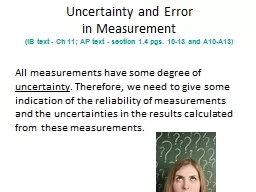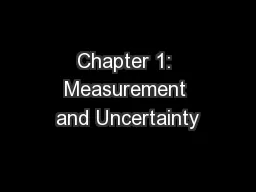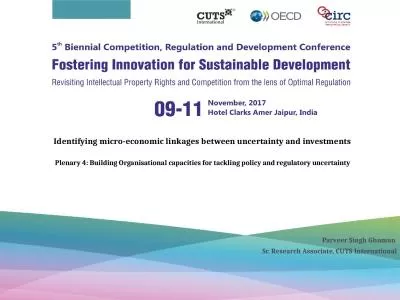PDF-Good Practice Guidance and Uncertainty Management in National Greenhou
Author : jane-oiler | Published Date : 2015-08-13
EMISSIONS FROM WASTE INCINERATION CKNOWLEDGEMENTSThis paper was written by Mr Bernt Johnke Germany and reviewed by Robert Hoppaus IPCCOECDIEA Background Paper Waste
Presentation Embed Code
Download Presentation
Download Presentation The PPT/PDF document "Good Practice Guidance and Uncertainty M..." is the property of its rightful owner. Permission is granted to download and print the materials on this website for personal, non-commercial use only, and to display it on your personal computer provided you do not modify the materials and that you retain all copyright notices contained in the materials. By downloading content from our website, you accept the terms of this agreement.
Good Practice Guidance and Uncertainty Management in National Greenhou: Transcript
Download Rules Of Document
"Good Practice Guidance and Uncertainty Management in National Greenhou"The content belongs to its owner. You may download and print it for personal use, without modification, and keep all copyright notices. By downloading, you agree to these terms.
Related Documents














